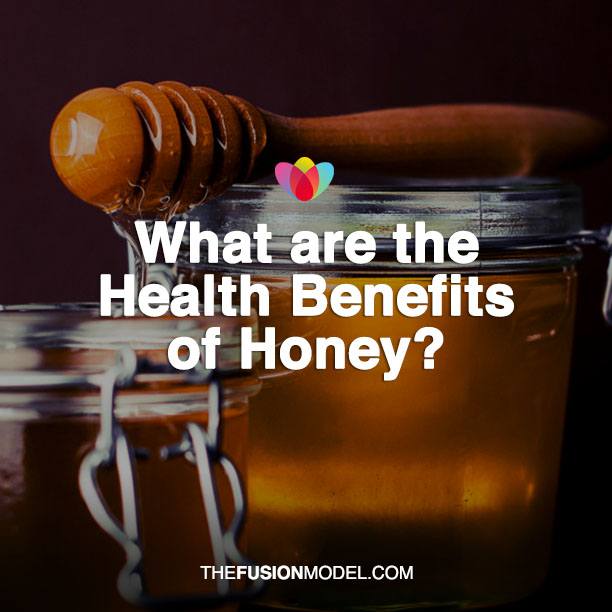What It Is
Question: What is the only insect to make food that is eaten by man?
Answer: The honeybee.
How cool is that? And honeybees (collectively) make a lot of honey. In fact, these the busy little workers have only one thing on their minds: to collect as much nectar as they can in their little mouths. In there, the flower juices mix with their saliva to create honey. They bring the honey back to their hives, deposit it into the honeycomb of the hive’s walls and then the flapping of the worker bees’ wings — which move at approximately 200 beats per second — pull out the moisture and thicken the golden liquid. Of course, the queen bee is there to oversee all the work. It takes thousands of flowers to make one little spoonful of honey, so we should respect the labor it takes to sweeten our eats. This bee-flower-hive process is one of the most important in nature — honey is just a side effect of this intricate work.
The Dirty Deets
Sweeter than sugar, honey has about 22 calories per teaspoon, compared to sugar’s 16. Still, a little honey goes a long way, so you may need to use less to get the sweetness you love. Here are some facts you might not know about honey:
- Honey has been shown to be a better cough suppressant than many of the leading medicines out there.
- Honey is made up of natural sugars, water, vitamins, minerals, pollen and protein, and it can even help you heal your wounds. It also prevents infection and speeds healing time.
- Honey can even help improve your athletic performance — it not only provides great fuel for exercise, it also helps stabilize blood sugar for optimal energy.
- But remember that honey is not recommended for the first year of life. Developing immune systems may not be able to defend themselves from spores found in some raw honey.
How To Chow Down
Yes, you can have a spoonful of honey on its own, in your tea or drizzled on your oatmeal. Yum. There should always be a jar of honey or one of those super-cute honey bears at the ready in the front of your pantry. When you have the choice, choose raw honey over pasteurized because some of the benefits can get lost when heated. If you keep it around too long and it looks like it has crystals, drop the jar with the lid loosened in hot water for a few minutes. Now that you’re ready to eat, take bite out of these ideas:
- Know you want something special, but can’t decide between salty and sweet? Cheese and honey go great together, as do honey and nuts.
- Remember that you only need a little to satisfy your craving, but if you’re truly hungry, pair some sliced apple or fennel with honey to make them thoroughly satisfying.
- The dietitian in me wants to remind you to limit your honey-lovin’ to a scant teaspoonful a day. You don’t want to train your palate to overdo sweets, and you don’t need to eat a lot to feel the sweet-sting of good health.
In The Know
Honey is classified by color, starting with white and going all the way to dark amber. The color does not reflect the quality, but comes from the flowers the bees pollinate and the minerals packed inside. Lighter colors tend to have a milder flavor and darker honeys have a more robust flavor. Try the rainbow of colors and become a honey connoisseur. Your taste buds and health will buzz like happy bees in an orchard!




